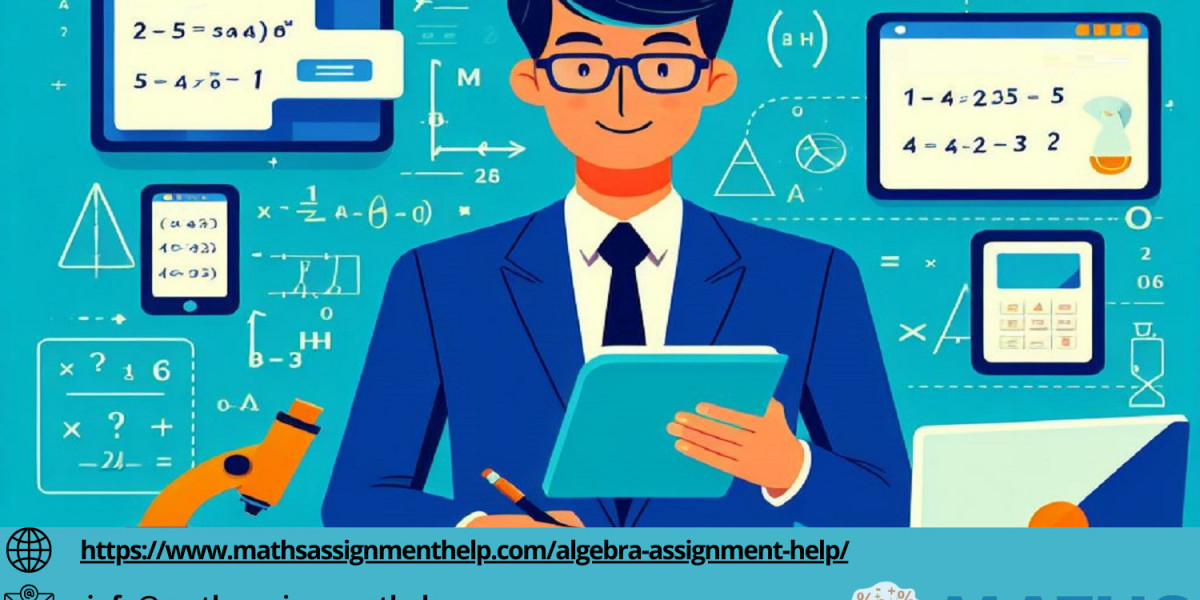In the realm of algebra, where variables dance with equations, and unknowns beckon solutions, lies a world of complexity waiting to be unraveled. As an expert in the field, it's imperative to delve into the depths of intricate questions that challenge the very fabric of algebraic reasoning. In this exploration, we embark on a journey to dissect three master-level questions, shedding light on their theoretical underpinnings and unveiling the elegant solutions they conceal. So, without further ado, let's dive into the enigmatic world of algebraic inquiry.
Do My Algebra Assignment – three simple words that encapsulate the plea of countless students seeking guidance in navigating the labyrinth of algebraic challenges. As we embark on this journey, we echo this sentiment, ready to unravel the mysteries that lie ahead.
Question 1:
What are the fundamental principles underlying the concept of polynomial division, and how do they facilitate the manipulation of algebraic expressions?
Answer:
Polynomial division serves as a cornerstone in the realm of algebra, providing a systematic method for dividing one polynomial by another. At its core, polynomial division relies on the principle of breaking down complex expressions into simpler components, akin to the long division method familiar from arithmetic. By leveraging the properties of polynomials – namely, their additive and multiplicative properties – we can systematically reduce the dividend and divisor to yield a quotient and remainder. This process not only facilitates the simplification of algebraic expressions but also lays the groundwork for higher-level concepts such as polynomial factorization and root-finding algorithms.
Question 2:
Explore the concept of matrices and their applications in solving systems of linear equations. How do matrices offer a powerful framework for representing and manipulating complex algebraic systems?
Answer:
Matrices represent a powerful tool in the arsenal of algebraic techniques, offering a concise and versatile framework for representing complex systems of linear equations. At their essence, matrices encapsulate data in tabular form, with rows and columns corresponding to individual elements or variables within the system. Through the application of matrix operations such as addition, subtraction, and multiplication, we can manipulate these arrays to solve for unknown variables and uncover solutions to intricate algebraic problems. Moreover, matrices lend themselves seamlessly to computational techniques, allowing for efficient algorithmic solutions to problems that would otherwise be intractable.
Question 3:
Delve into the concept of abstract algebra and its role in providing a unified framework for understanding various algebraic structures. How do concepts such as groups, rings, and fields elucidate the underlying symmetries and patterns in algebraic systems?
Answer:
Abstract algebra transcends the confines of concrete arithmetic, venturing into the realm of pure mathematical abstraction to uncover the underlying structures and symmetries inherent in algebraic systems. At its core, abstract algebra seeks to identify and study common algebraic properties shared by diverse mathematical objects, from integers and polynomials to geometric transformations and cryptographic algorithms. By defining algebraic structures such as groups, rings, and fields, abstract algebra provides a unified language for expressing and analyzing these fundamental concepts, revealing deep connections and unexpected parallels across seemingly disparate domains of mathematics. Through the lens of abstract algebra, we gain insight into the intrinsic symmetries and patterns that underpin the fabric of mathematical reality.
Conclusion:
In the realm of algebra, complexity intertwines with elegance, and theory converges with practice to form a tapestry of mathematical beauty. Through our exploration of three master-level questions, we have glimpsed into the depths of algebraic inquiry, uncovering the fundamental principles and abstract structures that govern this timeless discipline. As educators and experts, it is incumbent upon us to nurture a deep appreciation for algebraic reasoning and to empower students in their quest to unravel their mysteries. So, the next time you encounter a daunting algebraic challenge, remember the words: "Do My Algebra Assignment," and embrace the journey of discovery that awaits.








